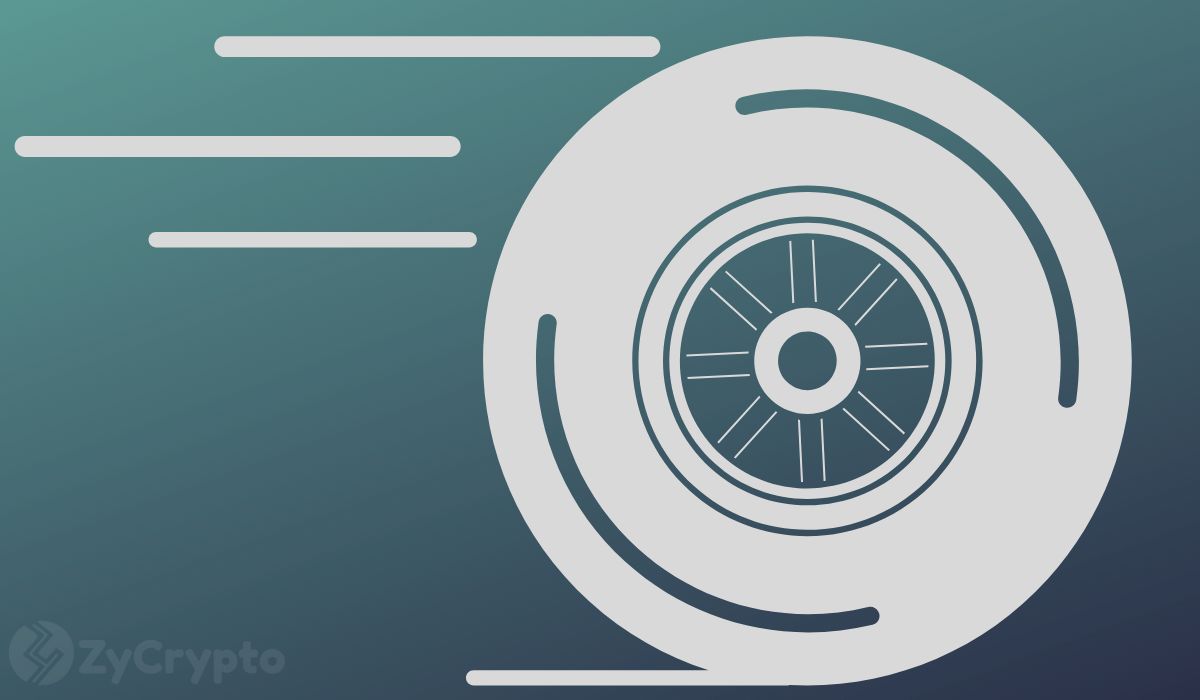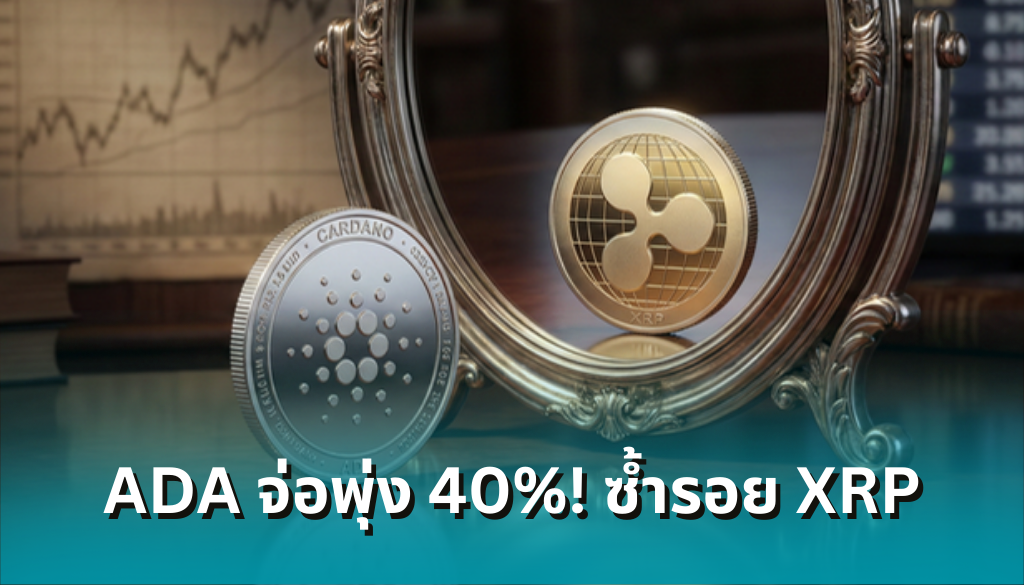Simply Explained: Fantom (FTM)
Fantom is an open-source, decentralised smart contract platform for DApps and digital assets created as an alternative to Ethereum. However, unlike Ethereum and other Layer 1s, Fantom is not a typical blockchain, it’s a ‘directed acyclic graph’ (DAG). In...

Fantom is an open-source, decentralised smart contract platform for DApps and digital assets created as an alternative to Ethereum. However, unlike Ethereum and other Layer 1s, Fantom is not a typical blockchain, it’s a ‘directed acyclic graph’ (DAG).
In a blockchain, each block contains data and as it is a chain, each block must have a block before and after it. On the other hand, a DAG consists of computers that communicate with one another about transactions they have had with nearby computers. Using this back and forth chatter, they agree on what the ledger (documented history of transactions) is and what data should be stored. Instead of a chain, think of a web.
The team at Fantom aim to solve the problems associated with most standard smart-contract platforms, specifically overcoming the limitations of previous generation blockchains and balancing three components: scalability, security and decentralisation.
The consensus mechanism
Fantom uses a type of proof of stake mechanism called Lachesis. Lachesis has around 50 validators. To be a validator, you must stake at least 1 million tokens.
Some key weaknesses with Lachesis and DAGs
A critical problem with the Lachesis-type of validation stems from its small group of validators. Having around 50 people control that much supply doesn’t exactly scream decentralisation.
The second fundamental problem with this is in the case of an attack on the network, in which hackers create fake transactions to disrupt the network. It would only require them to control 33% of the network. This is compared to 51% on Bitcoin. Once again, it’s much easier to do with only 50 people eligible for validating.
Pitfalls aside, there are many key benefits that make FTM a world-renowned cryptocurrency
Unlike the typical method of staking tokens on PoS blockchain, the average person won’t earn on FTM by gathering up a million tokens and becoming a validator. Instead, we would give our tokens to a validator, and they would use them to participate in the DAG, and we’d be rewarded.
The staking period is very flexible. One can start with anything from 1 FTM+ and anywhere from 1 day to 1 year. The longer you stake, the higher the reward.
The transaction speed is also very quick, (up to 4500 TPS). This isn’t just peer-to-peer transactions either but includes smart contract transactions. Finality is a technical term that simply means the confirmation of a transaction. So both the processing and confirming times are extremely fast.
For reference on finality times, Bitcoin is 1-hour and Ethereum is 15 minutes. Fantom is 2 seconds!
Finally, FTM is exceptionally cost-effective, like other PoS projects. At the time of this writing, transactions are sub $0.01. Compare that to Ethereum, which costs around $20 per transaction.
Tokenomics and use cases of FTM
FTM is the native utility in-house PoS token of Fantom that powers the ecosystem and is applied for payments, network fees, staking, and governance. It serves the same purpose as ETH, BNB, SOL, ADA and other utility tokens. FTM forms the backbone of transactions and all of the other key functionalities of the Fantom network.
The total supply of FTM is around 3.175 billion tokens, of which 2.134 Billion FTM are currently in circulation. The rest will be released subject to a schedule running through to 2023.
Another cool feature of the Fantom Network is the ability to lock up FTM to earn FUSD (Fantom’s native stablecoin).
Not only does this locking-up further reduce circulating supply, (which in theory has a positive impact on supply) but the 5:1 ratio reward for doing so is very high.
You can also use the fUSD you mint to trade synthetic assets or lend it to earn interest and borrow synthetic tokens.
Fantom and Ethereum
Fantom is EMV-compatible EVM stands for Ethereum virtual machine compatible. This means that if something is built on the Ethereum network, it can be copied and pasted to the Fantom network easily. As Ethereum is the world’s leading DeFi blockchain, being EVM-compatible means lots of apps can be easily migrated over to Fantom. So, a vibrant ecosystem is readily accessible.
How does Fantom incentivise development?
Fantom is currently offering up 370 Million tokens (with a total value of $651 Million), to developers that are building unique and cool projects on the Fantom network.
This is smart and different to what projects such as Avalanche did. Avalanche’s reward program was for users. They gave tokens to get people to use Avalanche. Magic did something similar. Fantom is incentivising the developers to build and, in turn, expect users to come. So, instead of spending in an advertising type of way, they’re spending in a product development type of way.
A revolutionary way to govern
On most decentralised networks, governance works on a Yes/No mechanic. A proposal comes your way, and you choose whether you like it or not. If the majority say yes, it’s a yes and vice versa. On Fantom, the team have tweaked this to make it more substantive than Yes/No. It’s a vote on a scale of 1 to 4. This adds a lot more depth to voting, and a vote means more since it’s more reflective of how someone feels. It needs at least 66% on either side for a vote to pass.
Disclaimer: NOT FINANCIAL NOR INVESTMENT ADVICE. Only you are responsible for any capital-related decisions you make and only you are accountable for the results.
Delegate Your Voting Power to FEED DRep in Cardano Governance.
DRep ID: drep12ukt4ctzmtf6l5rj76cddgf3dvuy0lfz7uky08jfvgr9ugaapz4 | We are driven to register as a DRep by our deep dedication to the Cardano ecosystem and our aspiration to take an active role in its development, ensuring that its progress stays true to the principles of decentralization, security, and community empowerment.DELEGATE VOTING POWER!








